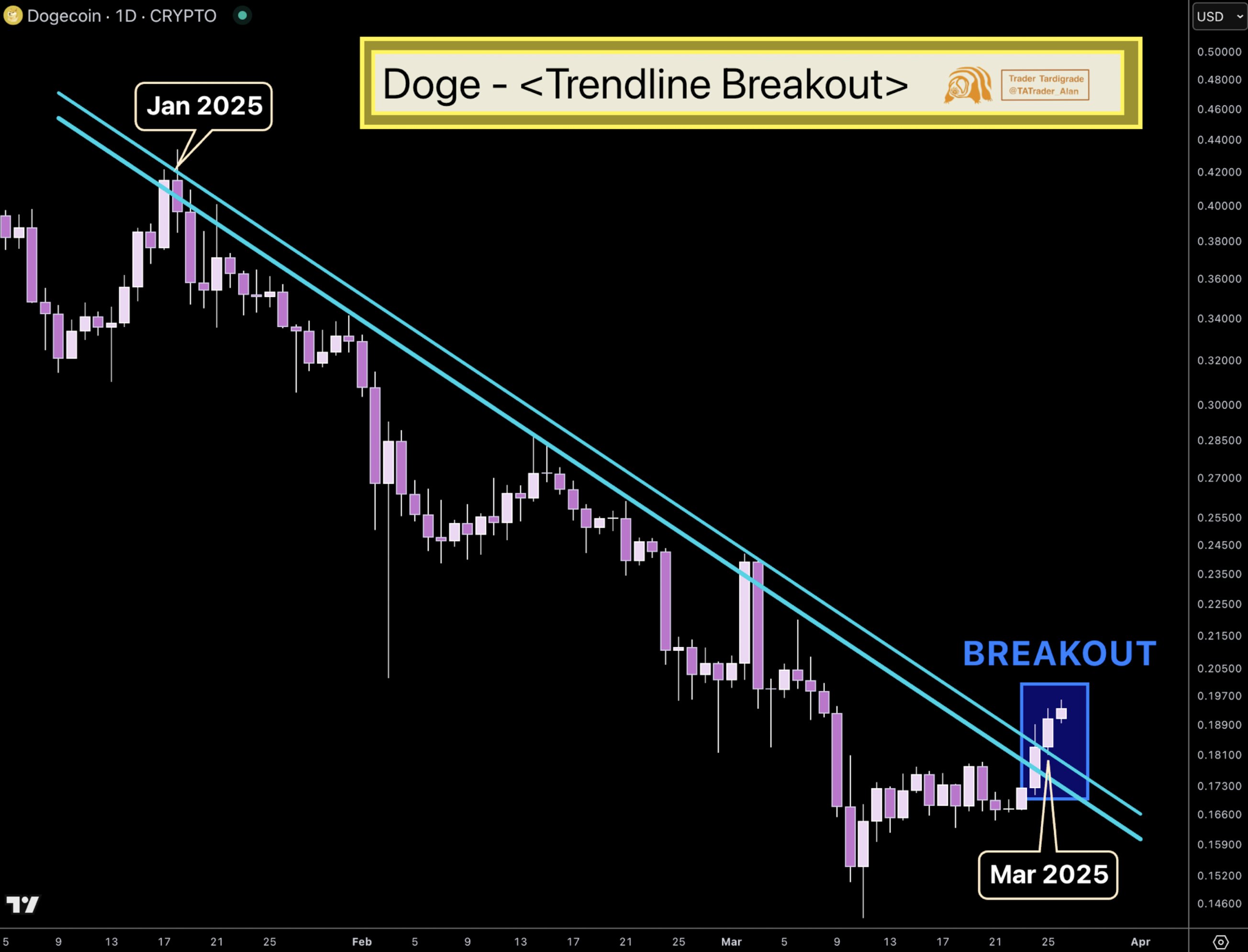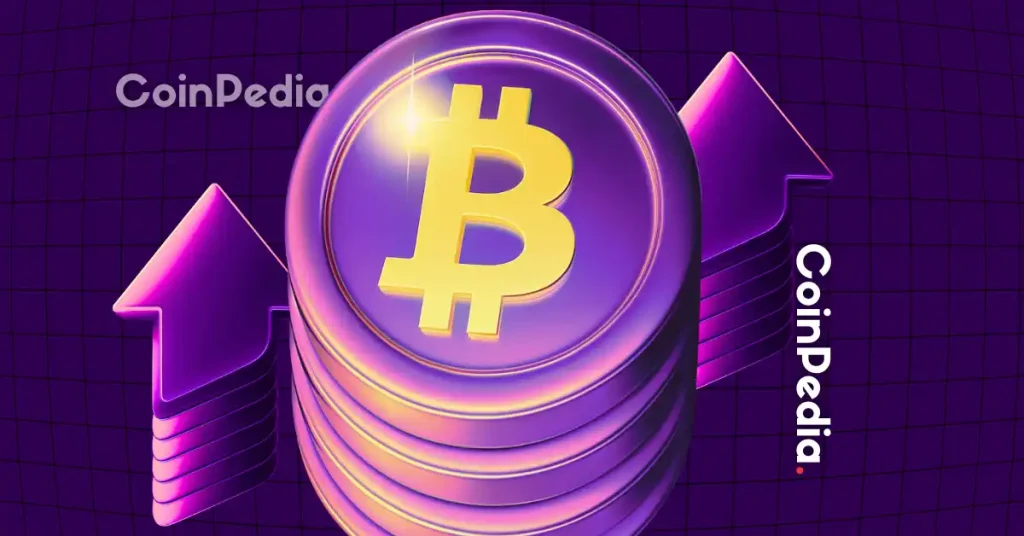
The XRP market faces significant changes as both Ripple and the U.S. Securities and Exchange Commission (SEC) approach the end of their legal dispute. The case has gained prominence among the crypto community during the entire time of SEC Chair Gary Gensler’s enforcement period. The XRP price is trending upward, currently hovering above $2.45, with a 5% surge over the past week. Let’s Uncover these top 4 XRP rivals, including ADA, DOGE, and SOL, that could see a 10x surge
XRP Rivals: Cardano (ADA)
Cardano (ADA) price maintains bullish strength because its market price reached $0.7665 after demonstrating a 3% positive change over the last day. The price of ADA has increased 10% throughout the past seven days.
The cryptocurrency holds itself at the $0.76 support point and aims toward the essential $1 price level. The Ripple lawsuit approaches its end while its XRP competitor ADA maintains its upward movement. The ADA market attracts trader attention since its value continues to evolve during this market transition period.
Dogecoin (DOGE)
Dogecoin (DOGE) price surpassed $0.20 marking its last 24 hours with a 10% market increase. The market price of DOGE is $0.2017, and it is currently positioned among the top performers alongside the price of XRP. The Dogecoin Foundation revealed important news as the market experienced a price increase.
The foundation has launched the House of Doge, a new division dedicated to boosting DOGE’s ecosystem. As part of the move, the Official Dogecoin Reserve was introduced, securing 10 million DOGE at market rates.
The foundation aims to position DOGE as a fast, decentralized global payment network. The price rally followed a breakout from a three-month descending trendline, with analysts citing an ascending triangle pattern.
Solana (SOL)
Solana price has seen a notable surge in price, with the current market recovery. At the time of writing, the SOL price hovered at $140, with a strong surge of 15% in the past week, making it among the XRP rivals. The SOL price prediction could hit above the $160 level if the bullish trend continues.
Solana derivatives volume experienced a 1.88% increase until it reached $9.41 billion as recorded by Coinglass. Open interest reached $5.07 billion after an increase of 1.54%. The rising figures demonstrate an increasing level of marketplace activity in the Solana derivatives sector. The two indicators demonstrate an increase in immediate trading conduct.

Final Thoughts
To sum up, The approaching resolution of Ripple’s legal battle will create a profound effect on XRP alongside its competitors in the market. XRP Rival ADA DOGE and SOL could experience additional value growth when positive resolutions strengthen market conditions.
The post Can These XRP Rivals Overshoot and 10X As Ripple Lawsuit Nears Conclusion? appeared first on CoinGape.








